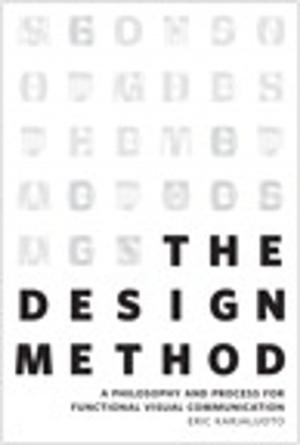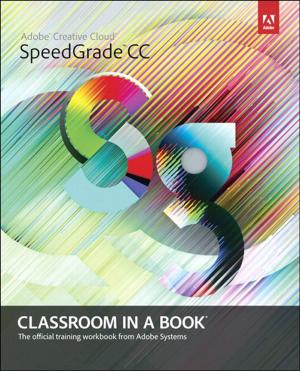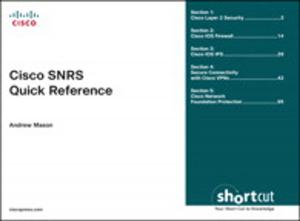PCB Currents
How They Flow, How They React
Nonfiction, Science & Nature, Technology, Electronics, Semiconductors| Author: | Douglas Brooks | ISBN: | 9780133415353 |
| Publisher: | Pearson Education | Publication: | June 13, 2013 |
| Imprint: | Prentice Hall | Language: | English |
| Author: | Douglas Brooks |
| ISBN: | 9780133415353 |
| Publisher: | Pearson Education |
| Publication: | June 13, 2013 |
| Imprint: | Prentice Hall |
| Language: | English |
The Plain-English Guide to Electronics and Current Flow for Every PCB Designer
Today, PCB designers must deal with issues such as crosstalk and EMI-–issues that were once associated only with components. This requires electronics knowledge that many PCB designers never gain through formal training. In PCB Currents, renowned PCB designer Douglas Brooks teaches these essentials descriptively, in plain English, with as little reliance on mathematics as possible. Building on his widely praised seminars, Brooks explains what current is, how it flows, and how it reacts. He begins by reviewing the nature of current, and then explains current flow in basic circuits, discusses sources that supply and drive current, and addresses the unique problems associated with current on PCBs. Brooks concludes by thoroughly illuminating signal integrity issues caused by current flow. He offers practical design solutions for each common type of problem, as well as for complex challenges involving very high frequency harmonics and very short wavelengths.
Coverage includes
• Current: its fundamental nature, basic definitions, and key concepts
• Five fundamental laws of current, including Kirchoff’s law and Ohm’s law
• Basic circuit concepts: resistive circuits, reactive circuits, and impedance
• Voltage and current sources: Where electrons come from and why they move
• Current-related PCB issues: temperature, transmission lines, reflections, coupled currents, power distribution, skin effect, dielectric losses, and vias
• Solutions for signal integrity issues caused by current flow, from on-board inductance and apparent resistance changes to more complex problems
The text is written to be accessible and valuable for PCB designers at all levels of experience, whether they have engineering training or not.
The Plain-English Guide to Electronics and Current Flow for Every PCB Designer
Today, PCB designers must deal with issues such as crosstalk and EMI-–issues that were once associated only with components. This requires electronics knowledge that many PCB designers never gain through formal training. In PCB Currents, renowned PCB designer Douglas Brooks teaches these essentials descriptively, in plain English, with as little reliance on mathematics as possible. Building on his widely praised seminars, Brooks explains what current is, how it flows, and how it reacts. He begins by reviewing the nature of current, and then explains current flow in basic circuits, discusses sources that supply and drive current, and addresses the unique problems associated with current on PCBs. Brooks concludes by thoroughly illuminating signal integrity issues caused by current flow. He offers practical design solutions for each common type of problem, as well as for complex challenges involving very high frequency harmonics and very short wavelengths.
Coverage includes
• Current: its fundamental nature, basic definitions, and key concepts
• Five fundamental laws of current, including Kirchoff’s law and Ohm’s law
• Basic circuit concepts: resistive circuits, reactive circuits, and impedance
• Voltage and current sources: Where electrons come from and why they move
• Current-related PCB issues: temperature, transmission lines, reflections, coupled currents, power distribution, skin effect, dielectric losses, and vias
• Solutions for signal integrity issues caused by current flow, from on-board inductance and apparent resistance changes to more complex problems
The text is written to be accessible and valuable for PCB designers at all levels of experience, whether they have engineering training or not.















